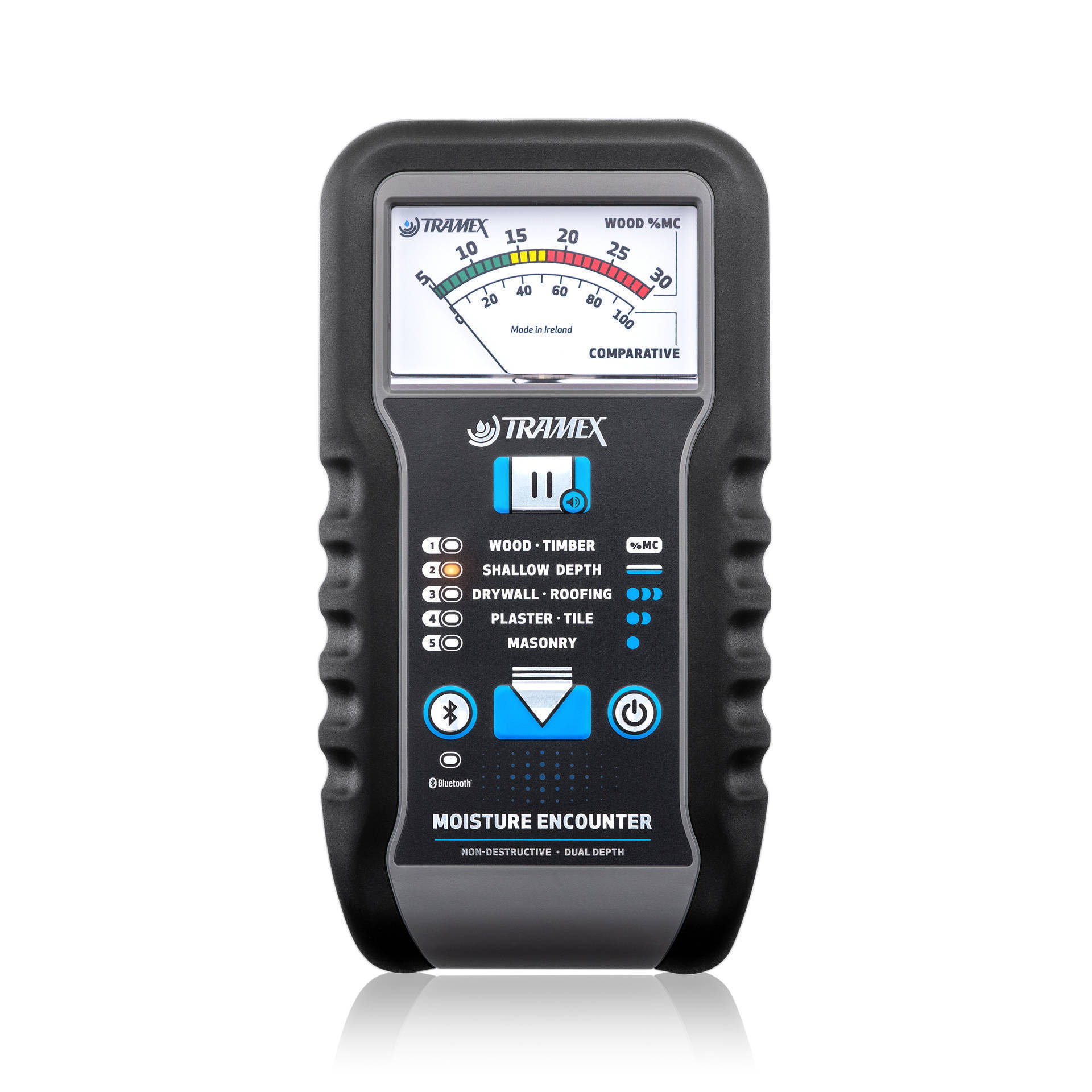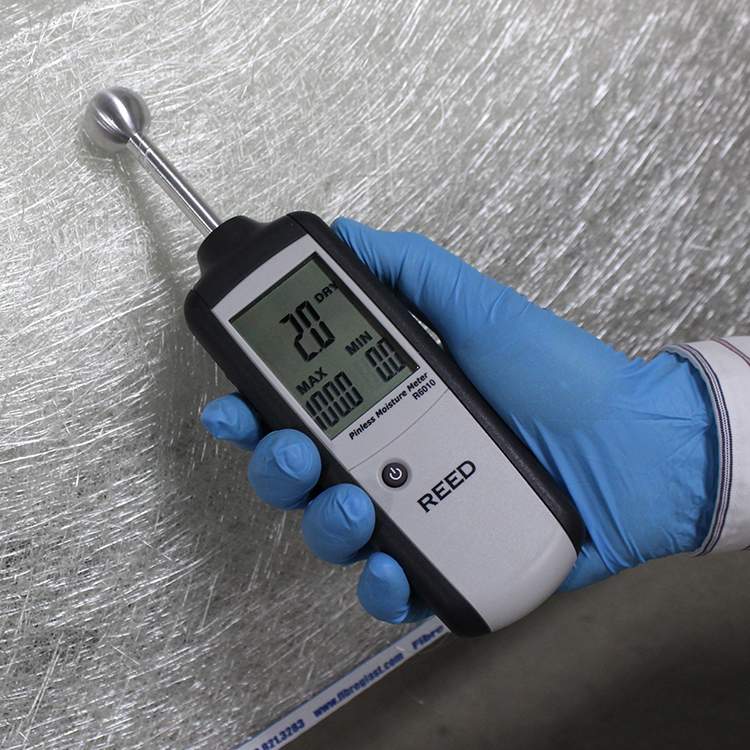The Scientific Research Behind Moisture Meters: Just How They Function and Why They're Crucial
The Scientific Research Behind Moisture Meters: Just How They Function and Why They're Crucial
Blog Article
Understanding the Relevance of a Moisture Meter in Stopping Mold and Water Damages in Your Home
In the world of home maintenance, the existence of moisture can frequently be a quiet yet powerful adversary, qualified of creating pervasive mold and mildew development and dangerous water damage if left uncontrolled. In the middle of the tranquil ambiance of a home, hidden moisture problems can brew under the surface, posturing a risk to both residential or commercial property and health. Nevertheless, equipped with the right tools and knowledge, home owners can proactively deal with these possible risks. Comprehending the importance of a dampness meter in this battle is not merely an option however a tactical requirement.
Significance of Moisture Detection
Effective wetness discovery approaches are essential for protecting properties and avoiding prospective mold growth and water damage. Moisture can seep into different building materials, leading to structural issues and health hazards. By utilizing a moisture meter, building proprietors can proactively determine locations vulnerable to excess dampness, enabling for timely intervention and reduction approaches.
Moisture meters give exact readings of moisture degrees in various products such as drywall, concrete, and timber. This information aids in determining locations of issue, also in concealed or hard-to-reach locations. Early detection of moisture buildup enables prompt fixings or changes to avoid more damages.

How Moisture Meters Job
Dampness meters play a crucial function in the aggressive recognition of excess moisture, aiding in the avoidance of prospective mold and mildew growth and water damage by providing precise readings of wetness levels in numerous structure materials. These gadgets work based upon various principles, relying on their type. Moisture Meter. Pin-type wetness meters, as an example, have 2 pins that permeate the product to measure the electrical resistance between them. When dampness is present, it improves the material's conductivity, bring about a lower resistance analysis. Pinless moisture meters, on the other hand, use electro-magnetic sensors to check the product without triggering damage. These sensing units give off electro-magnetic signals that penetrate the product and determine the dielectric homes, showing moisture material. Some progressed wetness meters incorporate both pin and pinless innovations for extensive moisture discovery. Comprehending just how moisture meters feature is essential for prompt and precise dampness level assessments, allowing reliable preventative actions against mold and water damage.
Finding Early Warning Signs
Upon initial assessment of a building, identifying subtle indications of excess dampness becomes crucial in the very early detection of prospective mold and mildew growth and water damages. Water discolorations can signal leaks or seepage, while peeling paint or wallpaper might be an outcome of dampness endangering the adhesion of these products to the surface. Additionally, a boost in allergic reaction signs and symptoms or breathing issues among residents may suggest the visibility of mold and mildew due to excess moisture.
Avoiding Mold Development
Recognizing early warning signs of excess wetness within a home not just makes it possible for timely detection of prospective mold development and water damages however likewise serves as a positive action in stopping the spreading of mold. To properly protect against mold development, it is crucial to deal with any type of sources of wetness without delay.
In enhancement to attending to moisture resources, maintaining indoor humidity levels below 60% can substantially prevent mold and mildew development. Appropriate air flow, sufficient insulation, and using air conditioning unit or fans can help regulate indoor moisture levels. Checking dampness degrees in locations vulnerable to dampness, such as cellars and creep areas, making use of a moisture meter can also assist in very early discovery of elevated wetness levels and potential mold development. By taking aggressive steps to avoid excess moisture and mold development, home owners can safeguard their building and interior air high quality.
Benefits of Normal Tracking
Regular surveillance of moisture levels in a that site property can play an important duty in maintaining a healthy indoor atmosphere and protecting against possible mold and mildew and water damage. By frequently inspecting wetness levels, home owners can detect any type of problems promptly and take required actions to avoid mold development and water damage.
Additionally, routine monitoring allows home owners to click for more track patterns and trends in dampness levels with time. By establishing a standard and surveillance adjustments, individuals can determine any type of locations of worry or potential vulnerabilities in the residential or commercial property's framework. This data-driven technique makes it possible for targeted interventions and upkeep efforts to address underlying issues prior to they escalate into more substantial troubles. Ultimately, the consistent monitoring of moisture levels encourages property owners to protect their property, secure their health and wellness, and protect the stability of their indoor setting.

Final Thought

By using a dampness meter, residential or commercial property owners can proactively recognize locations susceptible to excess wetness, enabling for timely intervention and reduction methods.

Monitoring moisture levels in areas susceptible to moisture, such as cellars and crawl rooms, making use of a dampness meter can additionally help in very early discovery of elevated moisture levels and possible mold and mildew growth. (Moisture Meter)
Report this page